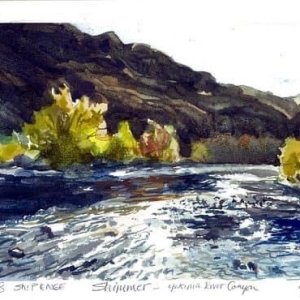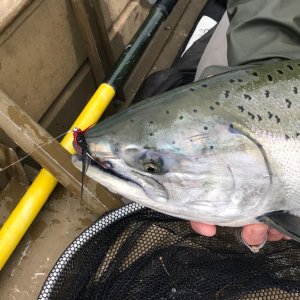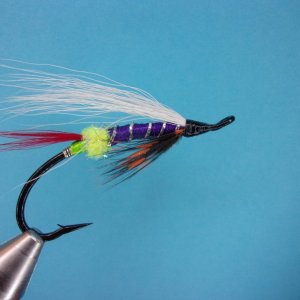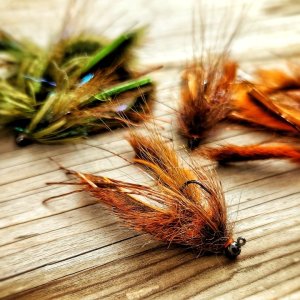:quality(70)/cloudfront-us-east-1.images.arcpublishing.com/cmg/C3SVFKZAJBBOTMFUJ4L6FKCTMM.jpg)
Two killed during river rafting trip on Nooksack River
A commercially operated river raft with four customers and a guide on board overturned on the river.
Damn, I do love an occasional whitewater trip, and that accident is hard to read. two dead, both wearing helmets, wetsuits and lifejackets. Anybody know more?
Nooksack is a narrow river with lots of wood....
On those boats they tell you if you get washed out just lie on your back and lift your feet.... the guide will come get you etc. Why wouldn't you want to lie on your back and move to towards a side as best you could? Appreciate any white water survival tips....














